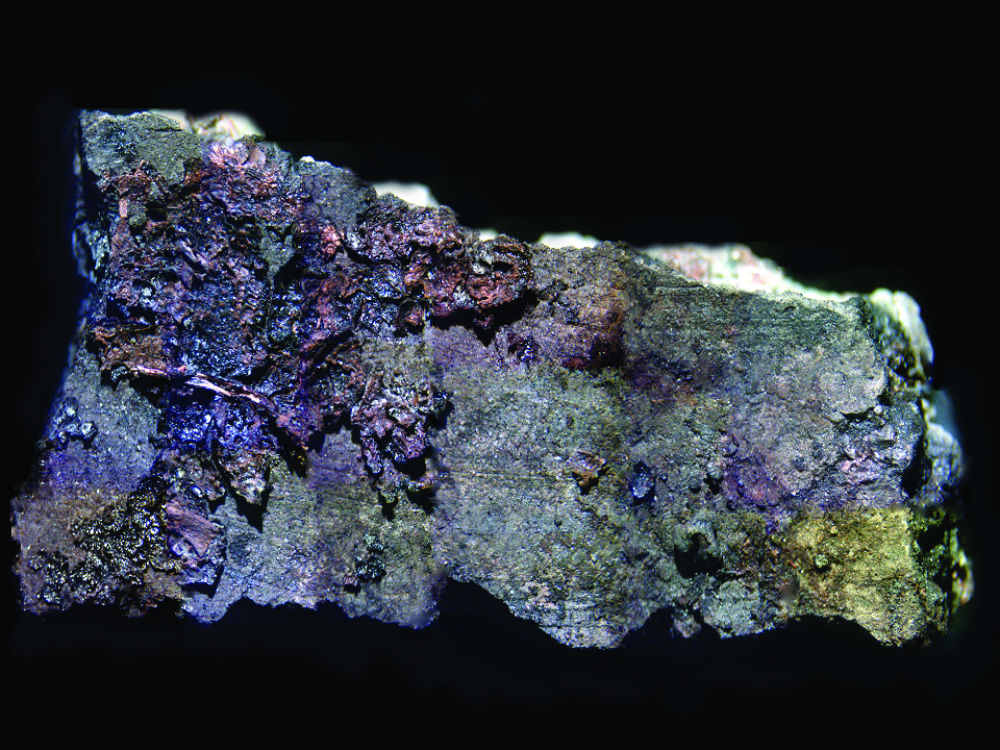Prehistoric Europeans Liked Spicy Food, Study Suggests

Prehistoric human civilizations in northern Europe may have enjoyed their food with a spicy kick, using a garlic-mustard-type seasoning to flavor their dishes, thousands of years before the height of the prolific global spice trade, a new study finds.
A team of researchers studied blackened deposits inside ancient cooking pots and found traces of spices on the shards of pottery. The charred pots were excavated from archaeological sites in Denmark and Germany, and date back to the Neolithic Period, roughly 6,200 to 5,900 years ago, said study lead author Hayley Saul, an archaeologist at the BioArCH research center at the University of York in the United Kingdom.
"It was during the transition from hunter-gatherer to agriculture when we first started to be domesticated," Saul told LiveScience. "This takes the way people looked at food in prehistory in a completely different direction." [In Photos: Amazing Ruins of the Ancient World]
There are two basic ways that scientists think about ancient culinary practices: a more dominant hypothesis that hunger-gatherers were driven primarily by caloric intake and made decisions about food based on how much energy they could obtain by eating; and a separate idea that suggests food had social implications, and that people approached cooking with more sophisticated techniques and presentation.
"What the spice evidence is suggesting is, perhaps it's not necessarily one [hypothesis] or the other," Saul said. "It certainly suggests that calories were not the only significant thing in cooking, and perhaps people understood the value of what they were cooking with, and were more creative with their food."
The researchers analyzed residues inside the ancient cooking pots and found microscopic remains similar to the modern-day plants that produce garlic mustard seeds, which have a potent, peppery flavor.
"The plants were native in the area, and they have no nutritional value, so the seeds would only have been good for the flavor," Saul said.
Get the world’s most fascinating discoveries delivered straight to your inbox.
By analyzing the pottery shards, the researchers also uncovered residues of fish and animal fat, as well as the remains of starchy plants, which could indicate that garlic mustard was used to marinate these items.
"The majority of the samples showed marine foods, so things like fish and shellfish," Saul said. "This was the cusp of agriculture, so we also saw things like roe deer and wild cow."
The researchers examined pottery samples from three sites in Denmark and Germany, from areas both along the coast and inland. The findings suggest that flavoring food with spices is an ancient culinary practice, and was present in northern European civilizations long before the start of the spice trade.
"The spicing of food has a much longer tradition than we previously thought," Saul said. "We found that using spices possibly predates agriculture."
The detailed findings of the study were published online today (Aug. 21) in the journal PLOS ONE.
Follow Denise Chow on Twitter @denisechow. Follow LiveScience @livescience, Facebook & Google+. Original article on LiveScience.

Denise Chow was the assistant managing editor at Live Science before moving to NBC News as a science reporter, where she focuses on general science and climate change. Before joining the Live Science team in 2013, she spent two years as a staff writer for Space.com, writing about rocket launches and covering NASA's final three space shuttle missions. A Canadian transplant, Denise has a bachelor's degree from the University of Toronto, and a master's degree in journalism from New York University.


